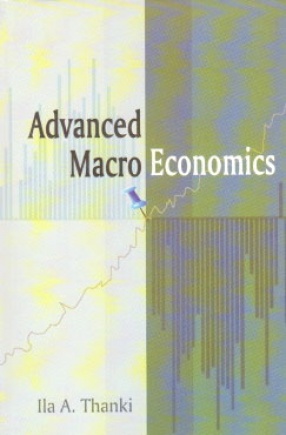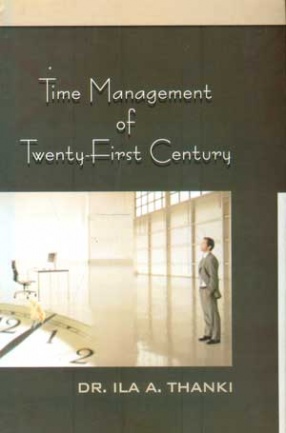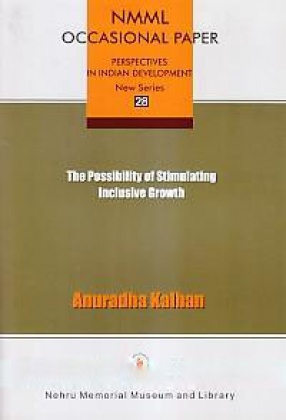It has been my experience as a teacher that students generally treat macro economics as a difficult subject. This response of the students to this otherwise very interesting and useful subject flows from the fact that they get lost in the abstract principles of macro economics without trying to understand their implication for them selves or from the economy around them. They fail to perceive in the environment around them the working of the various principles about whose mechanism they are taught in the classrooms. They tend to develop an attitude that macro economics is mere bookish knowledge, hence dull, boring and drab. To overcome this attitude is the primary responsibility of the teacher who can explain to students during discussion of the various principles on different occasions the practical applicability of theories.
I have tried to share this responsibility with the teachers by illustrating the various principles of macro economics with the help of examples drawn from different aspects of life. It is hoped that these will prove highly useful to the students.
The basic objective of the book is to present the various principles of macro economics in such a manner that these become easily comprehensible to the students. The chapter scheme adopted in the book follows both the syllabus requirements as also the logical sequence in which macro economics should be studied. The sequence of the chapter is arranged in such a way that it makes an easy building of the whole structure possible.
Though written as a textbook for students it makes a suitable reference material for professional economists also.







There are no reviews yet.